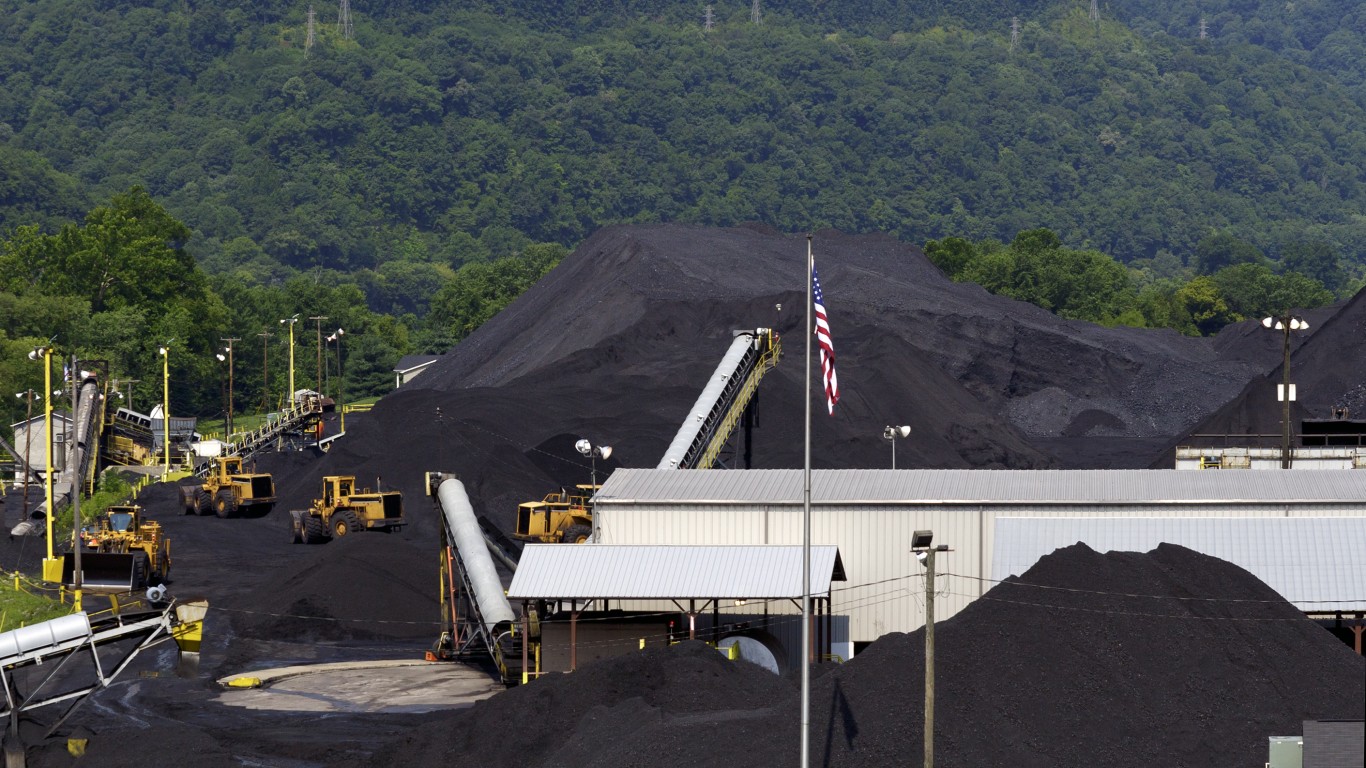
In the week ended May 25, 2018, the number of land rigs drilling for oil in the United States totaled 859, up by 15 compared to the previous week and 137 more compared with a total of 844 a year ago. Including 198 other land rigs drilling for natural gas and two listed as miscellaneous, there are a total of 1,059 working rigs in the country, 13 more week over week and up by 151 year over year. The data come from the latest Baker Hughes North American Rotary Rig Count released on Friday afternoon.
West Texas Intermediate (WTI) crude oil for July delivery settled at $70.71 a barrel on Thursday and traded down about 4.2% Friday afternoon at $67.70 shortly before regular trading closes. Brent crude for July delivery traded at $76.15 a barrel.
The natural gas rig count fell by two to 198 this week. The count for natural gas rigs is now up by 13 year over year. Natural gas for July delivery traded down about 0.6% at around $2.95 per million BTUs, which is up about seven cents compared to last Friday.
Crude oil prices had fallen sharply Friday even before the rig count report was released. Reuters reported that Saudi Arabia and Russia are discussing easing the output quotas by as much a million barrels a day in an effort to calm consumer concerns about supply.
While the Saudis might disagree, there are those who would argue that adding production — almost all of which would likely come from Saudi Arabia — is a quid pro quo for the U.S. withdrawal from the Iran nuclear deal and the promised reimposition of sanctions against Iran. There may be some truth to that, but a decline of nearly half a million barrels a day in Venezuelan production (S&P Global Platts estimates more than half a million barrels a day) and a forecast for production to fall by another 200,000 barrels a day this year was not officially expected by OPEC and its partners. It is clearly too big a loss to maintain balance in the market.
Among the states, Baker Hughes reported that Texas added nine rigs this week, while Oklahoma, Alaska and Colorado each added two rigs. North Dakota and West Virginia added one rig each in the week. Kansas and Louisiana each lost a rig.
In the Permian Basin of west Texas and southeastern New Mexico, the rig count now stands at 478, up by 11 compared with the previous week’s count. The Eagle Ford Basin in south Texas has 78 rigs in operation, one more week over week, and the Williston Basin (Bakken) in North Dakota and Montana now has 57 working rigs, also up by one for the week.
Producers added seven horizontal rigs this week and the count rose to 926 while offshore drillers reported a total of 18, unchanged from last week’s count.
Take This Retirement Quiz To Get Matched With An Advisor Now (Sponsored)
Are you ready for retirement? Planning for retirement can be overwhelming, that’s why it could be a good idea to speak to a fiduciary financial advisor about your goals today.
Start by taking this retirement quiz right here from SmartAsset that will match you with up to 3 financial advisors that serve your area and beyond in 5 minutes. Smart Asset is now matching over 50,000 people a month.
Click here now to get started.
Thank you for reading! Have some feedback for us?
Contact the 24/7 Wall St. editorial team.



